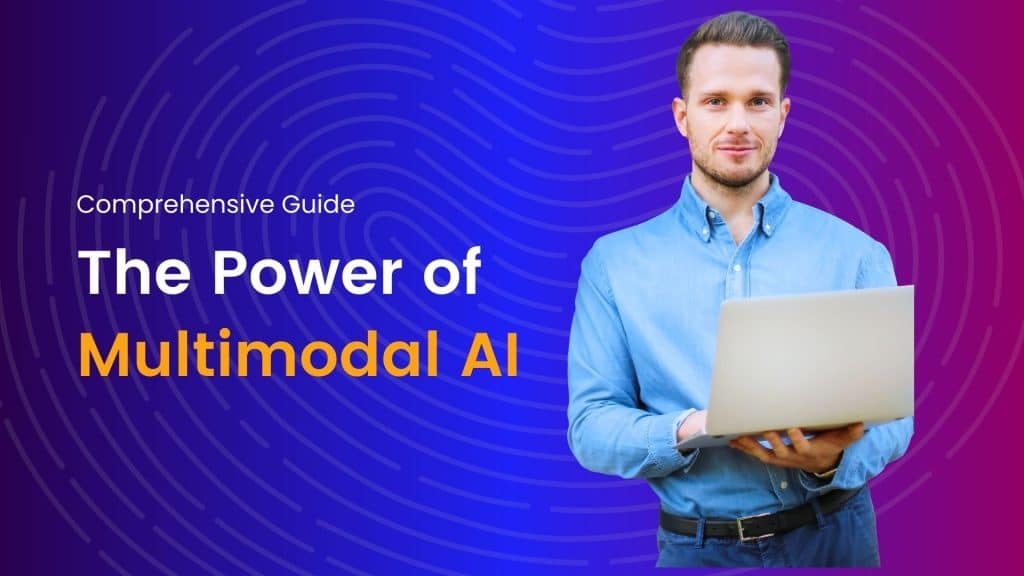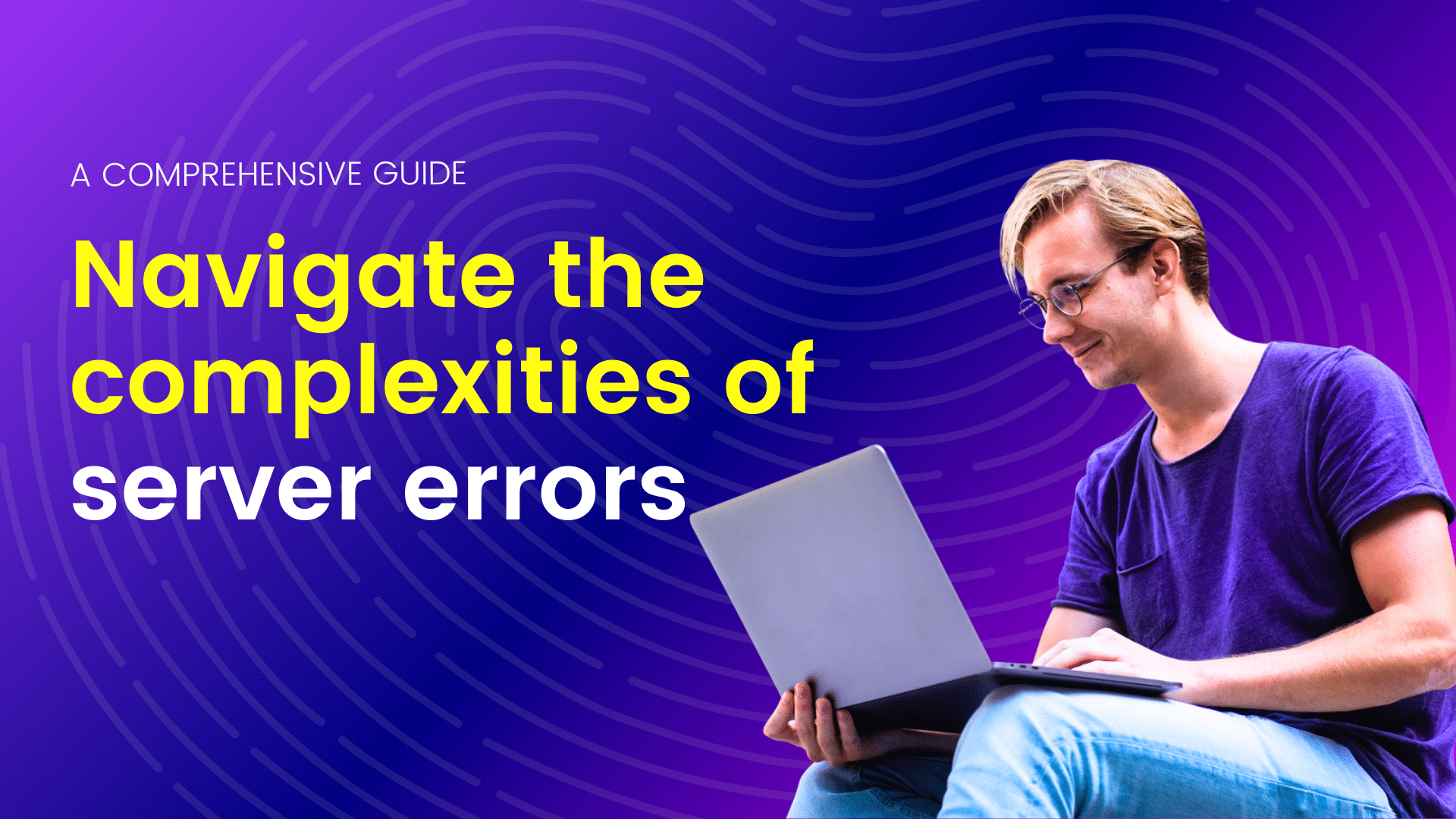In the ever-evolving landscape of artificial intelligence (AI), one of the most promising and transformative developments is the emergence of multimodal AI. Unlike traditional AI models that rely solely on text or numerical data, multimodal AI integrates multiple forms of input, such as images, videos, audio, and text, to enhance its understanding and decision-making capabilities. This innovative approach opens up new horizons for applications across various industries, from healthcare to entertainment. In this article, we will delve into the intricacies of multimodal AI, exploring its definition, key components, applications, and potential impact on the future of AI.
Defining Multimodal AI
Multimodal AI refers to the integration of diverse types of data inputs into a single, cohesive artificial intelligence system. This approach enables machines to analyze and interpret information from various sources simultaneously, mimicking the way humans naturally process and understand the world.
The key modalities encompassed by multimodal AI include
In the ever-evolving landscape of artificial intelligence (AI), the integration of multiple sensory modalities has become a focal point of research and development. This convergence has given rise to what is now known as multimodal AI, a field that leverages diverse data inputs to enhance the understanding and capabilities of intelligent systems. In this article, we delve into the key modalities encompassed by multimodal AI, exploring how the fusion of vision, language, and other sensory inputs propels AI applications to new heights.
Visual Modalities
At the forefront of multimodal AI are visual modalities, which involve the interpretation and analysis of images and videos. Computer vision, a subfield of AI, enables machines to perceive, interpret, and respond to visual information. Techniques such as image recognition, object detection, and facial recognition contribute to the development of applications ranging from autonomous vehicles to healthcare diagnostics.
Text and Language Modalities
Language processing plays a pivotal role in multimodal AI, allowing machines to understand, generate, and interact with human language. Natural Language Processing (NLP) is a key component, enabling machines to comprehend and generate textual information. Sentiment analysis, machine translation, and chatbots are just a few examples of applications that benefit from the integration of language modalities.
Audio Modalities
The integration of audio modalities in multimodal AI extends the scope of applications to auditory perception. Speech recognition, speaker identification, and emotion detection in voice are areas where AI systems can leverage audio inputs. This is particularly relevant in virtual assistants, voice-controlled devices, and systems designed for accessibility.
Sensor Fusion
Beyond the traditional modalities, sensor fusion is a crucial aspect of multimodal AI. This involves combining inputs from various sensors such as accelerometers, gyroscopes, and temperature sensors to provide a more comprehensive understanding of the environment. In robotics, for instance, sensor fusion enhances spatial awareness and enables more nuanced decision-making.
Gesture and Body Language Recognition
Understanding human gestures and body language is another modality embraced by multimodal AI. This involves interpreting physical movements to enhance human-computer interaction. Applications include virtual reality (VR) experiences, gaming, and human-robot collaboration, where machines can respond to and mimic human gestures.
Emotion Recognition
The ability to recognize and respond to human emotions is an emerging modality within multimodal AI. By analyzing facial expressions, tone of voice, and other physiological cues, AI systems can gauge emotional states. This has implications in human-computer interaction, healthcare, and customer service, where personalized responses can be tailored based on user emotions.
Contextual Awareness
Multimodal AI excels in contextual awareness by combining information from various modalities. This allows systems to understand complex situations, adapting responses based on a holistic understanding of the environment. Contextual awareness is particularly crucial in applications like autonomous vehicles, smart homes, and surveillance systems.
Future Implications of Multimodal AI
As technology evolves at an unprecedented pace, the amalgamation of artificial intelligence (AI) with multiple sensory modalities is ushering in a new era of possibilities. Multimodal AI, the convergence of vision, language, audio, and other sensory inputs, holds the potential to reshape the technological landscape. In this article, we explore the future implications of multimodal AI and its transformative effects on various facets of our lives.
Human-Machine Interaction
One of the most profound implications of multimodal AI lies in revolutionizing human-machine interaction. As systems become more adept at understanding and responding to visual, auditory, and textual cues, interfaces will become more intuitive and user-friendly. Virtual assistants will evolve into highly personalized, context-aware entities capable of seamlessly interpreting user commands, gestures, and emotions.
Enhanced Accessibility
Multimodal AI has the power to enhance accessibility for individuals with diverse needs. Integrating visual, auditory, and sensor modalities can lead to the development of assistive technologies that cater to a wide range of disabilities. For instance, advanced sign language interpretation systems, improved voice-controlled interfaces, and sensory feedback devices could significantly improve the quality of life for differently-abled individuals.
Advancements in Healthcare
The healthcare industry stands to benefit immensely from the future developments in multimodal AI. Diagnostic tools leveraging image recognition, natural language processing, and sensor fusion could enhance the accuracy and speed of disease detection. Additionally, emotion recognition may play a crucial role in mental health diagnostics and treatment plans, offering a more nuanced understanding of patients’ well-being.
Smart Cities and Infrastructure
The future of smart cities hinges on the seamless integration of various technologies, and multimodal AI is poised to play a central role. Intelligent transportation systems, surveillance networks, and infrastructure management can benefit from the contextual awareness and decision-making capabilities afforded by multimodal AI. This will lead to more efficient resource allocation, improved traffic management, and enhanced overall urban living experiences.
Education and Training
The educational landscape is likely to undergo a transformative shift with the integration of multimodal AI. Personalized learning experiences, interactive virtual classrooms, and AI-driven tutoring systems could cater to individual learning styles. The analysis of facial expressions and engagement levels may provide valuable insights into student comprehension and engagement, allowing for adaptive teaching methods.
Ethical Considerations and Bias Mitigation
As multimodal AI becomes more deeply ingrained in societal structures, addressing ethical considerations becomes paramount. Issues surrounding privacy, bias in algorithms, and the responsible use of technology must be carefully navigated. Future developments in multimodal AI should prioritize transparency, fairness, and accountability to ensure a positive and inclusive impact on society.
Cross-Industry Innovations
The future holds the promise of unprecedented cross-industry innovations spurred by multimodal AI. From robotics and manufacturing to entertainment and marketing, the ability to seamlessly integrate information from diverse sources will lead to breakthroughs in efficiency, creativity, and problem-solving. Collaborative efforts between different sectors could result in innovative solutions that transcend traditional boundaries.
Conclusion
Multimodal AI represents a groundbreaking shift in the AI landscape, offering a more holistic approach to understanding and interpreting data. The fusion of visual, auditory, and textual information holds the key to unlocking unprecedented capabilities across diverse applications. As research and development in this field progress, the transformative potential of multimodal AI is poised to reshape the way we interact with technology, paving the way for a new era of intelligent and context-aware systems.
The future implications of multimodal AI are both exhilarating and challenging. As we navigate this uncharted territory, the potential benefits for humanity are vast, ranging from improved healthcare and education to enhanced accessibility and smart city initiatives. However, a responsible and ethical approach to development is crucial to mitigate potential pitfalls and ensure that the transformative power of multimodal AI is harnessed for the greater good. As we stand on the precipice of this technological revolution, the careful consideration of its implications will shape a future where AI seamlessly integrates into our lives, making it smarter, more accessible, and more attuned to the intricacies of the human experience.
I'm a tech-savvy writer with a Computer Science degree and web hosting background, contributing to Hostao Blogs. I simplify complex tech topics like web development and cybersecurity. Beyond writing, I'm a tech explorer passionate about digital advancements.



















